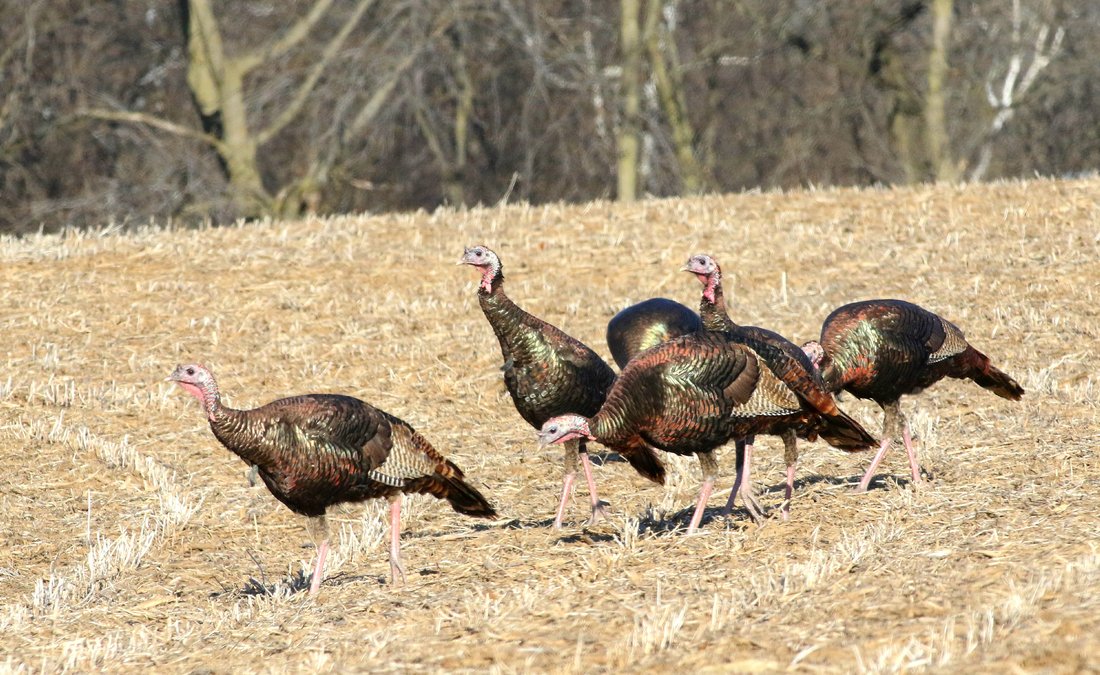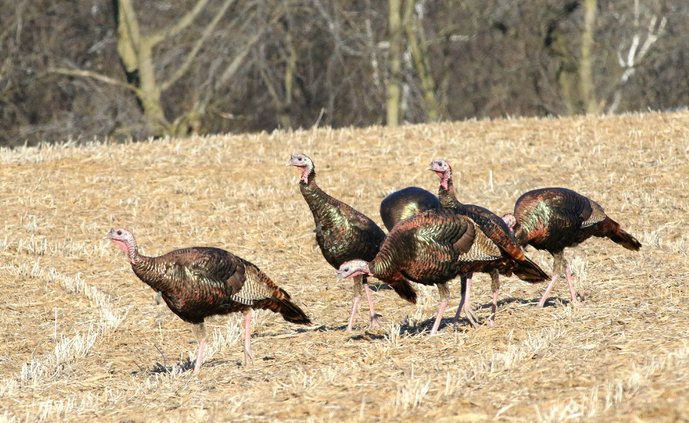Everything is prime for scenic drives, rides, walks, hikes, even runs to get to know what this season’s opening is all about.
Autumn need not completely occupy scenic outings, known sometimes by those called leaf seekers. Autumn, or fall, welcomes the demise of green with a palette of brighter colors and much variety.
Spring is the reverse. The grand green curtain begins covering all, from tree tops to forest understories; brown corn stubble to germinating no-till plantings; new, brighter needles on many evergreens; and pond scum giving a lime coating on farm ponds.
The shades of green seem to far outdistance any other color, so to describe spring as being green is unfair. Lime, khaki, olive, emerald, avocado, and bottle begin a longer list of green tones.
Green words are used to describe objects as immature, unripe, fresh, grassy, environmentally friendly, and ecologically aware.
Place names monotonously attach to Green County, Green Bay, Greenbush, Greendale, Greenfield, Greenleaf, Greenstreet, Greenville, Greenwood and Spring Green, which seems redundant until we examine further that a spring (water) brought out the earliest green near this village.
Many green things have chlorophyll as their framework with magnesium as a keystone element. This reflector of greens has plurals, too; chl a and chl b to begin a longer list. The prefix is Latin for green. Without this green pigment most food chains would not have a source of energy to start the web.
A long list of inspections on treks to see spring can begin with sounds of running water, singing birds, gobbling turkeys, crowing pheasants, drumming ruffed grouse, wind through white pines, thunder, sandhill cranes trumpeting, bald eagles screaming, and the crack of a bat as it hits a baseball.
Green started that sugar maple or white ash bat, first in a tree’s leaves and then the tree bole of annual wood increments.
Spring colors do not always begin with green. Spring ephemerals decorate the understory with white, blues, yellows, but almost no reds.
“A Sand County Almanac” turned 75 this year, and its late author Aldo Leopold made it clear saying, “He who searches for spring with his knees in the mud finds it, in abundance.”
Many times over, we sell autumn short with only panoramic observations, when both spring and fall are better discovered by looking small in fall and more minor in spring.
Mushroom seekers know this well. Study every leaf and grass blade or chance passing by a morel fruiting body. Even turkey droppings and prints answer the hunter as a hen or gobbler, not just a turkey.
Hazelnut fruit flowers are best discovered and accessed by a nearsighted observer.
Hatches on a trout stream go unnoticed except when a brookie breaks the surface for breakfast.
As with autumn, spring disappointments are best remedied by looking little, noticing what too many overlook, and seeing a white pine candle as becoming a branch with developing needles, seed cones, and pollen strobili.
Bloodroot blooms help with white, showy petals but look quickly for the petals soon drop leaving nothing but a green stalk and tiny fruit.
Leopold was saying this to us more than 75 years ago when he motioned us to tumble to our knees or fall victim of missing that first tiny morel, a J-shaped gobbler dropping, or even finding a misplaced turkey call striker tool among last year’s spent white oak leaves.
Also go wide and watch for the arc of a turkey’s fan, which draws sharp contrast with the parallel tree trunks.
Nature’s spring is about beginnings, small things, tiny fawns, and to confuse us, it seems, throwing camouflage into the mix. There is safety in spring to be small and camouflaged.
When it is important to be noticed, for survival, a flower smells to attract or has lines on petals only noticed by certain insects.
Female pheasants are drab and camouflaged; not so with the rooster. The hen Red-winged Blackbird is brown, not black. Even the hen Turkey is not as black as the tom.





